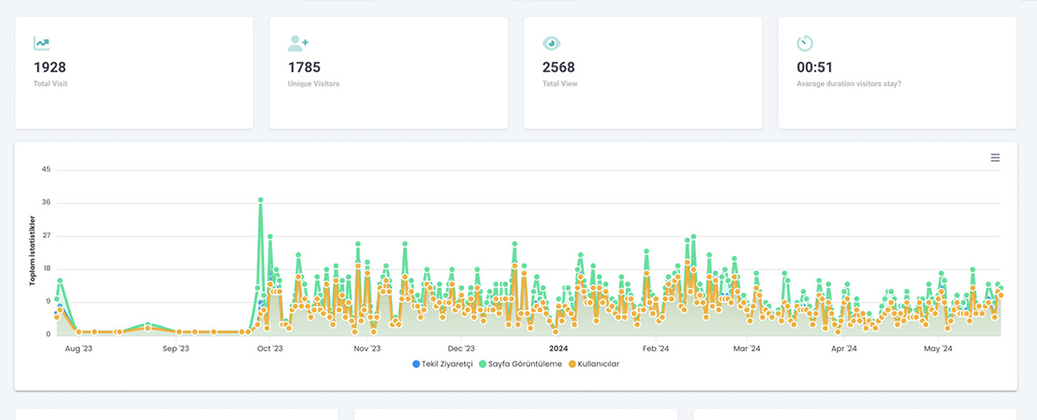
How to Track and Analyze Digital Business Card Engagement Metrics
In today's rapidly evolving digital world, traditional business cards are being replaced by digital business cards. Digital business cards offer a more practical, eco-friendly, and impressive way for businesses and professionals to share their information. However, it's not enough to simply share these digital business cards; what matters is tracking and analyzing their interactions and successes.
Analyzing real-time metrics such as views, unique users reached, and number of contacts saved can provide valuable insights. Here are some key metrics to monitor when it comes to tracking and analyzing digital business card interactions:
- Contact Saves: This metric counts the number of times a person saves your contact information. When a potential customer saves your contact details, it may indicate their interest in your service/product.
- Unique Users: This metric represents the total number of unique recipients reached through your digital business cards. "Unique users" refers to the number of unique prospects reached through all your cards. It's important to note that "unique users" differ from "card views." While "unique users" represent the number of unique interactions, "card views" include total scans, including repeated scans by a single user.
- Card Views by Device: This metric provides insights into the devices used to view your cards. "Card views by device" shows the total number of views your cards received per mobile operating system (iOS, Android, Mac, and Windows). Analyzing this data helps you determine the most commonly used device operating system among your potential customers, ensuring that your card is optimized for each device.
- Card Views by Time: This metric allows you to track the times of day when users view your cards. "Card views by time" enables you to monitor the time of day (based on the selected time zone) when users view your cards. This data helps identify the hour(s) with the highest number of scans, indicating the time when your potential customers are most engaged. Utilize this information to schedule meetings with potential customers during these peak hours, maximizing the return on your networking efforts.
- Card Views by City: This metric shows the specific cities where recipients view your cards. "Card views by city" allows you to track the cities where your digital business cards are being scanned. If your networking efforts span multiple states or cities, analyzing this metric can help you precisely target your networking efforts by location. Focus more on networking efforts in the most viewed cities and leverage this observation.
- Card Views by Location: This metric tracks the total number of card views from a specific location within a city. "Card views by location" enables you to track the exact geographical location from which your card is being viewed.
Tracking and analyzing scan and share rates are crucial for evaluating the success of digital business cards. Scan rate represents the number of times the card is scanned by recipients, while the share rate represents the number of times recipients share the card with others. These metrics indicate the reach of your card and the level of user engagement.
Collecting time and location data is vital for measuring digital business card interactions. Observing when and where card scans occur helps you better understand your target audience's behavior and preferences. Additionally, this information allows you to focus your marketing strategies during specific time frames or events when your card proves most effective.
Measuring transaction and conversion rates is essential for evaluating the success of digital business cards. The transaction rate represents the interactions or communications made by recipients of the card, while the conversion rate indicates the percentage of recipients who perform the desired action, such as visiting a website or contacting you. These metrics help assess the impact of your card on actual business outcomes and optimize your marketing strategies.
Monitoring user feedback and evaluations is critical for assessing the impact of digital business cards. Understanding user opinions and experiences provides valuable insights to make improvements and create more effective cards. Constantly improving your cards based on customer feedback allows you to enhance the user experience and better meet the needs of your target audience.
Tracking and analyzing the interaction metrics of digital business cards empower you to discover the key to success in your business. Scan and share rates, time and location data, transaction and conversion rates, as well as user feedback and evaluations, provide essential information to evaluate the performance of your cards and make improvements. By measuring the impact of digital business cards, you can optimize your marketing strategies, reach more potential customers, and contribute to the growth of your business.